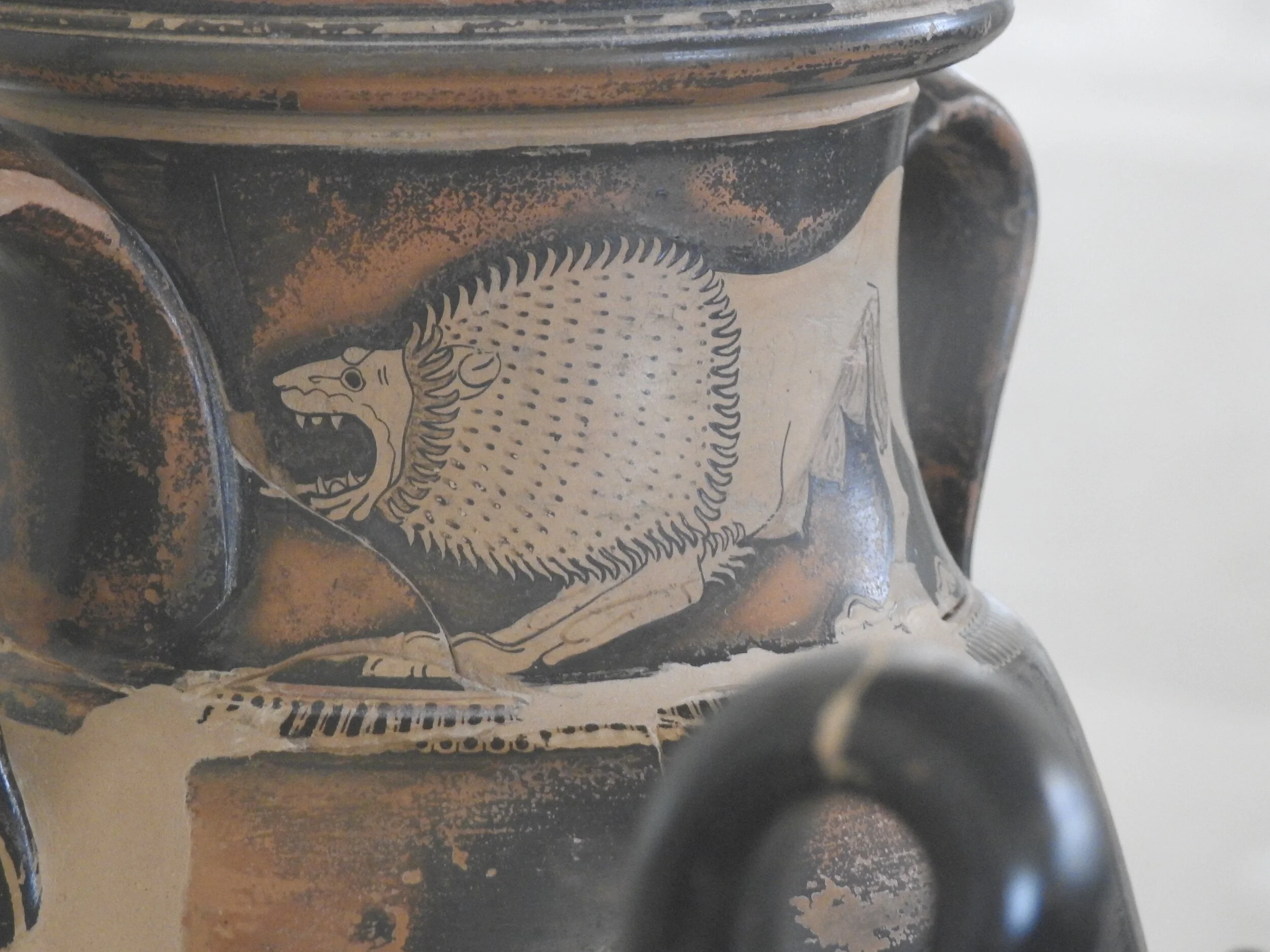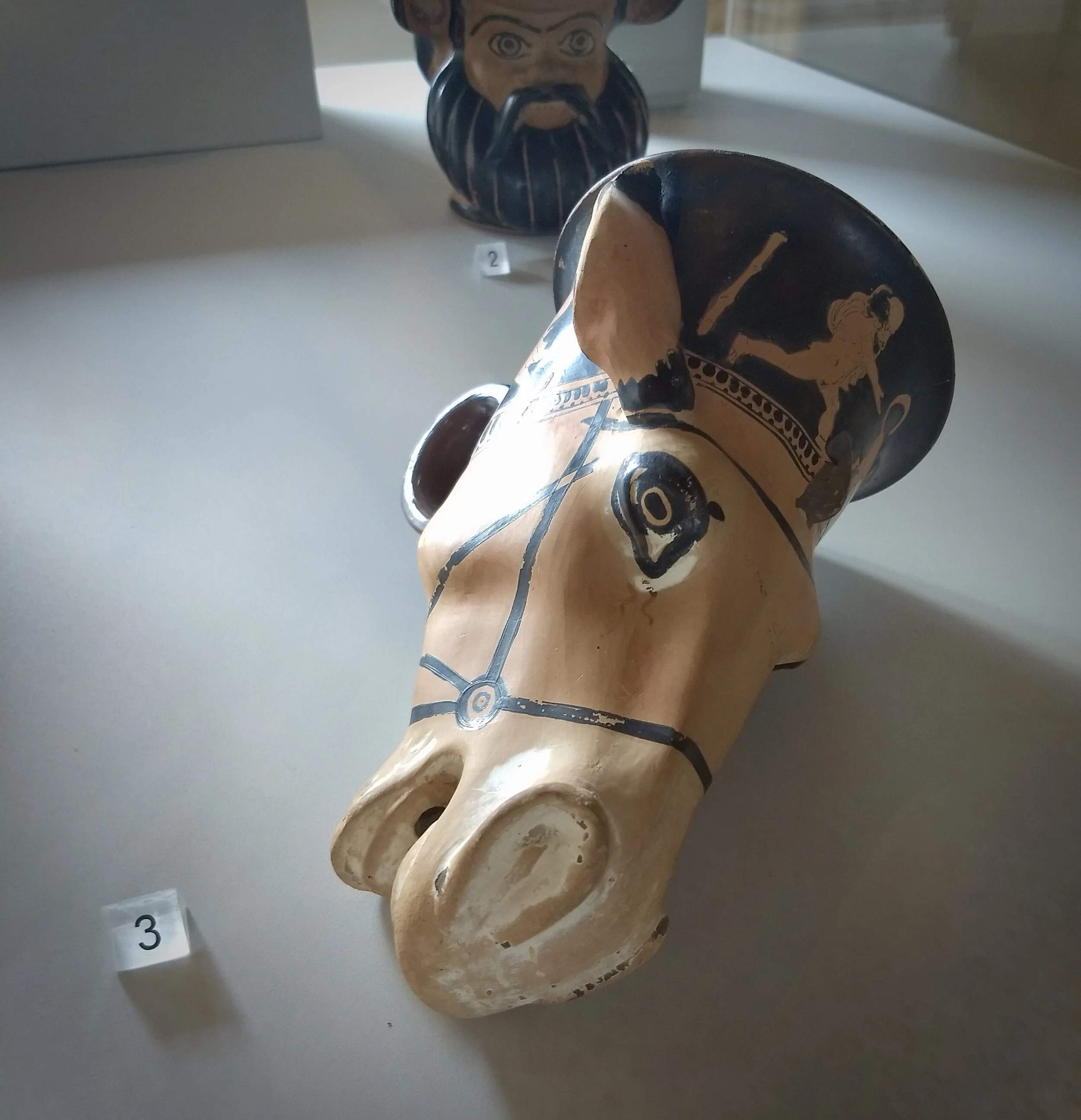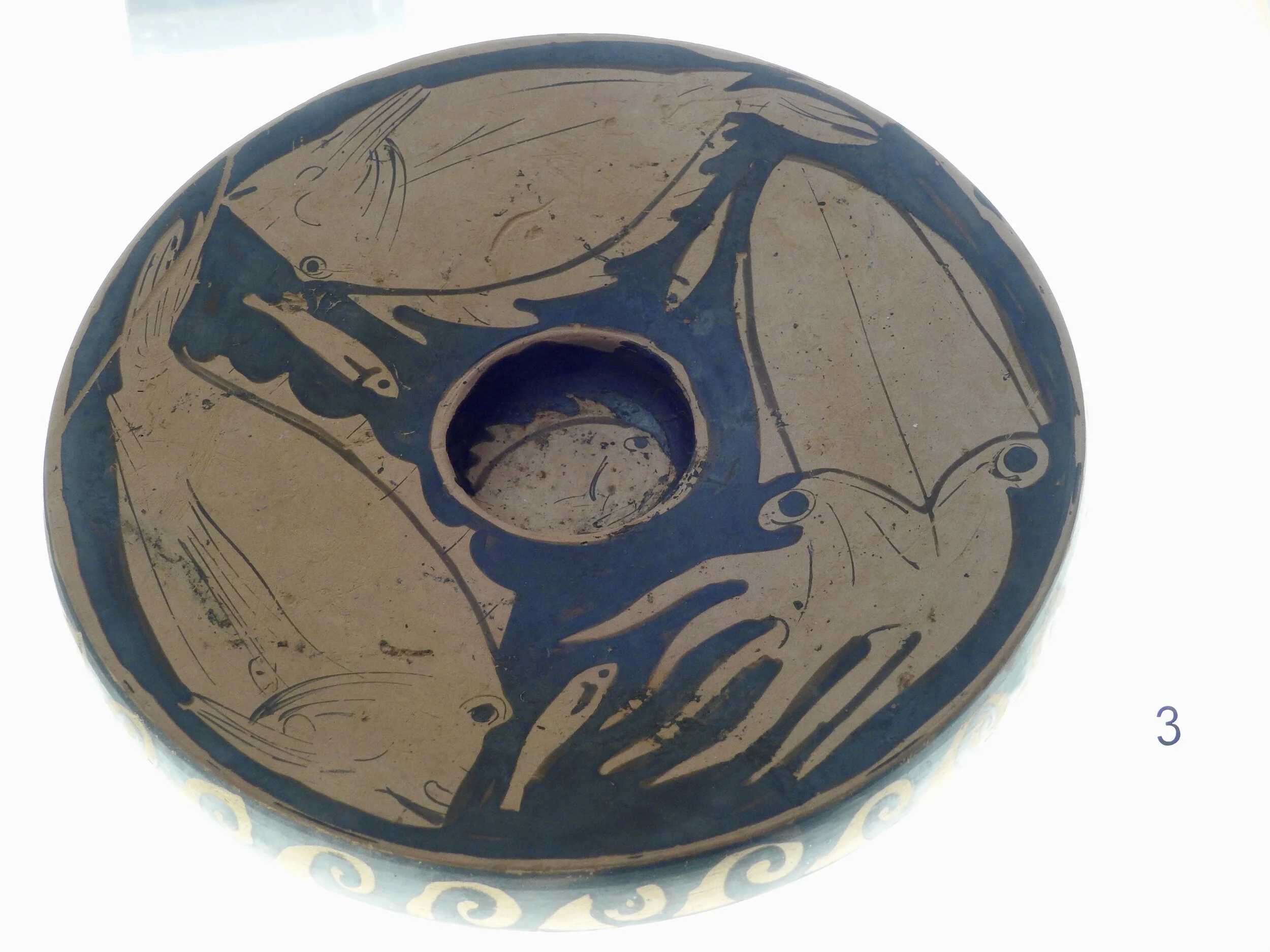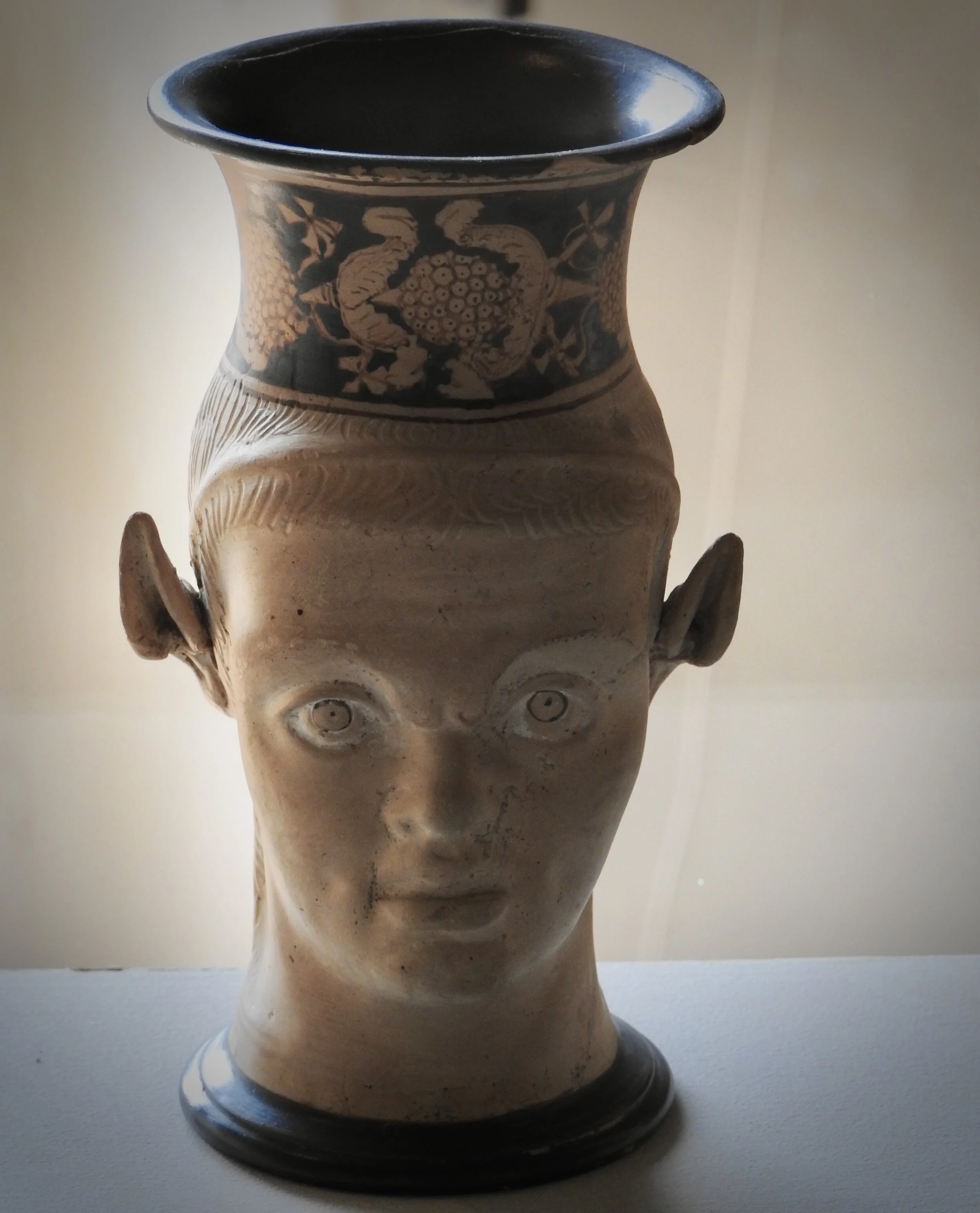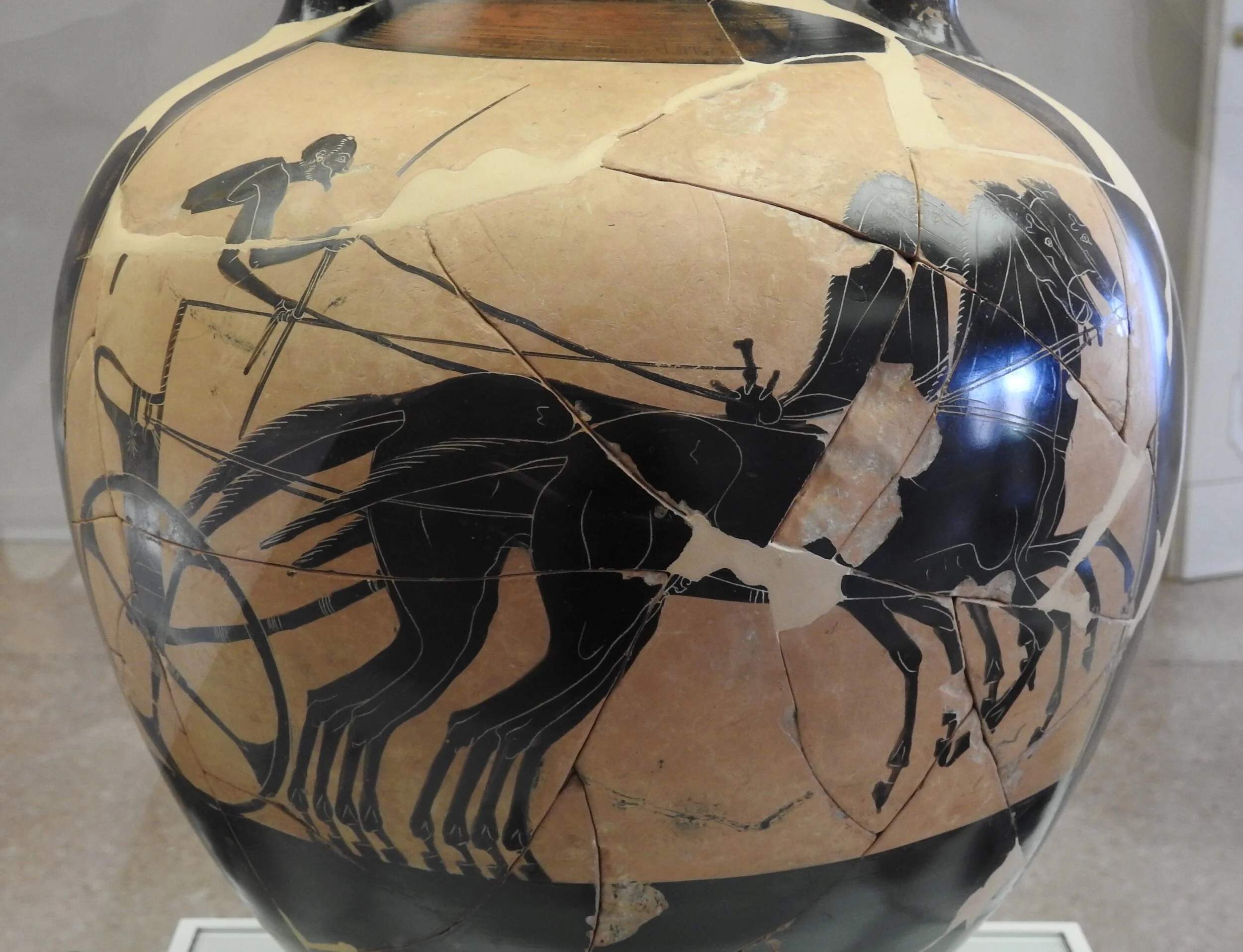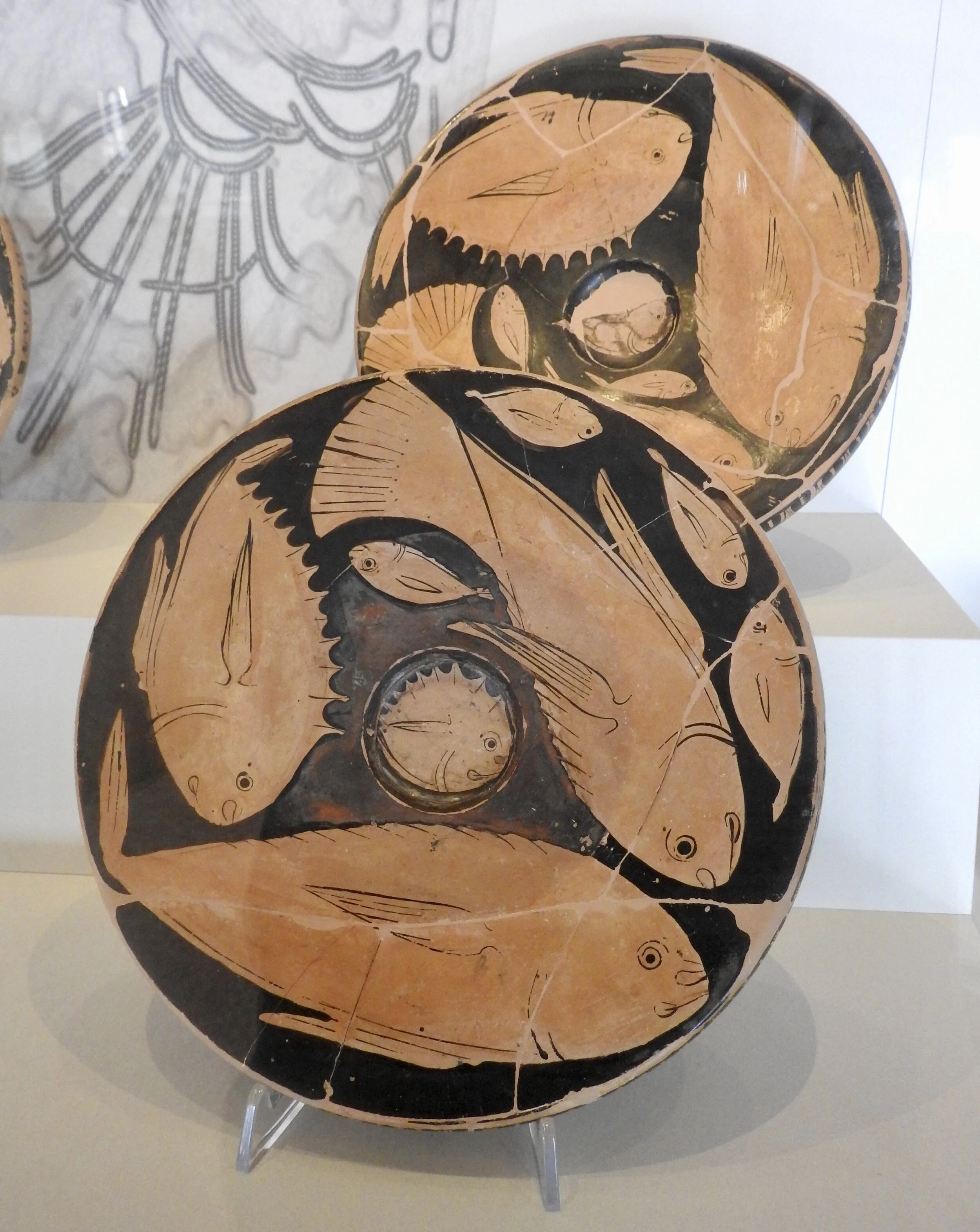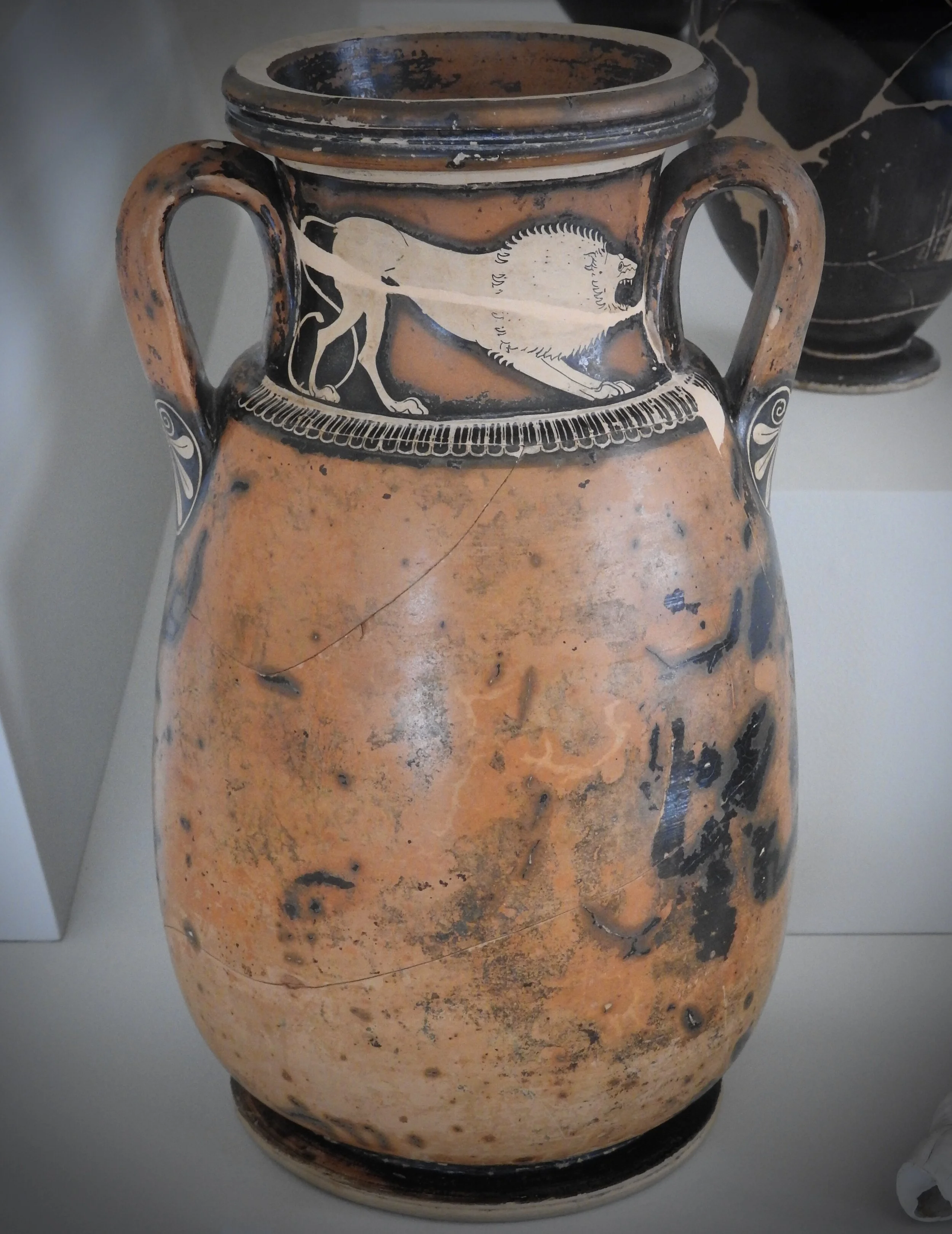Located in the beautiful Palazzo Costabili (aka, Palazzo di Ludovico il Moro), the National Archaeological Museum in Ferrara houses a rich collection of Greek pottery from the Etruscan city of Spina.
Ancient Spina was an Adriatic port town situated at the mouth of the Po River. Despite both Greek and Roman sources documenting its existence, the exact location of the city remained a mystery until 1922, when the process of land reclamation near Commachio unearthed a number of ceramic and bronze vessels. These turned out to be grave goods from Spina’s large but hitherto unknown necropolis, which further archaeological excavations revealed contained thousands of tombs.
We now know that Spina was founded by the Etruscans around 540 BCE and developed into a major trade center, connecting the Etruscans with the rest of the Mediterranean. This means it was a meeting ground for several cultures, including the Celts and Veneti, but the greatest influence clearly came from Greece. The population itself became largely Hellenized, as suggested by the significant quantity and quality of the Greek grave goods.
Over 4,000 excavated graves, dating from the 6th to the 3rd centuries BCE, are distributed across two contiguous valleys: Valle Trebba and Valle Pega. The area was likely chosen for its relative dryness and stability compared to the surrounding marshy land of the Po Delta. Many objects found in the well-preserved site are on view on the first floor of the National Archaeological Museum, but the pride of its collection consists of red-figure pottery from the 5th century BCE, some of which is pictured here.
Useful terms for Greek pottery
Styles
black-figure: decorative technique/style in which figures are painted in black against the natural clay. Details like eyes and clothing are then created by removing the paint.
red-figure: decorative technique/style in which the background is painted black and the figures are in the natural (usually reddish) color of the clay. Fine details were then painted in, allowing for freer, more expressive designs.
Shapes and Types
amphora: jar with large, rounded body; long, narrow neck; and two vertical handles attached high on the body and neck
Panathenaic Amphora: an amphora with a narrow foot, filled with olive oil and given as a prize during the Panathenaic Games in Athens. These amphorae were always decorated using black-figure techniques, even after the style had been largely replaced by red-figure pottery.
krater: vessel used for mixing wine and water, characterized by a wide mouth and large, rounded body
pelike: a type of amphora with a wide mouth and plump (or slumped) base, often with little or no neck
rhyton: drinking horn in the form of an animal or person
stamnos: a rounded, broad-shouldered vessel for liquids, possessing a short neck, short foot, and high-set horizontal handles
Subjects
quadriga: chariot drawn by four horses, used in races
satyr: deity or nature spirit with either the ears and tail of a horse/mule (Greece) or the ears, tail, and legs of a goat (Rome). Typically male, satyrs were companions of Dionysos, god of revelry and wine, as well as Pan, god of fertility.
silon: elderly male follower of the god Dionysos. Silons are thought to be the progenitors of satyrs, and are sometimes depicted with the ears and tails of horses (although that is not the case in the depiction above).
